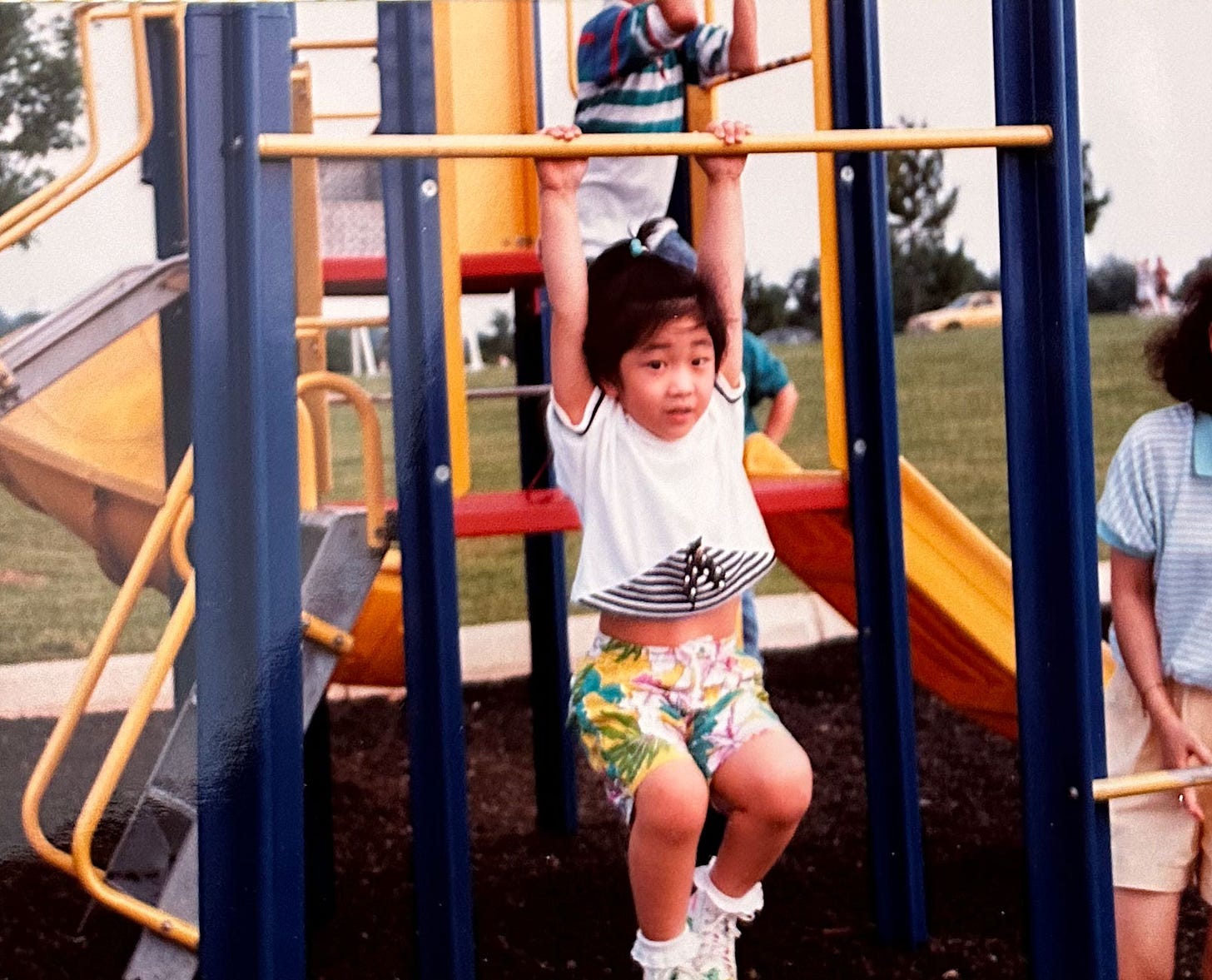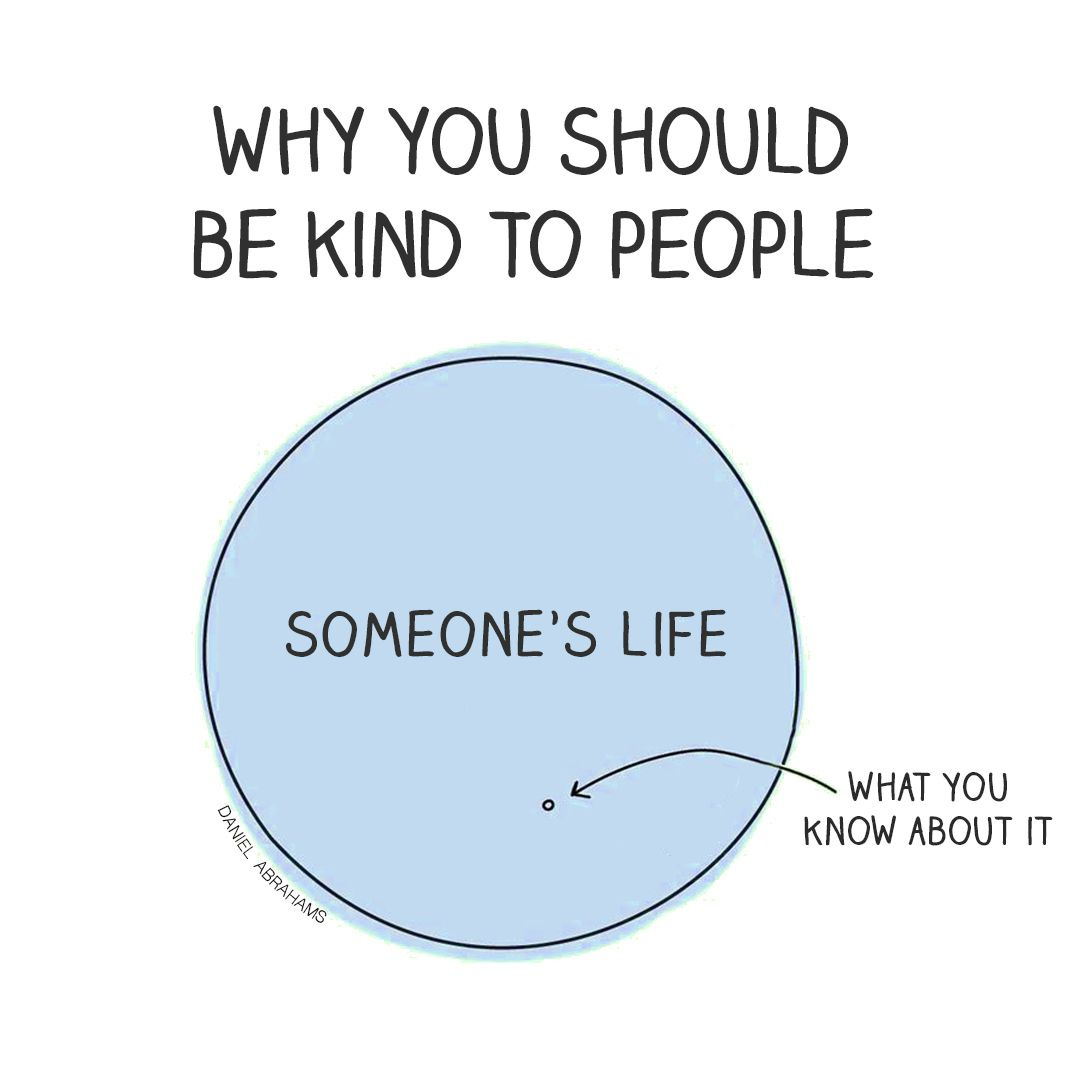what it's like living with an autoimmune disease.
when your immune system has chronic trust issues

I was diagnosed with juvenile rheumatoid arthritis (JRA) at 23 months old. It emotionally wrecked my parents because all they wanted was to take away my pain and take it on themselves.
In basic terms, an autoimmune disease (is the category that rheumatoid arthritis falls under) is where your body attacks itself. The way my mom described it to me as a kid was that my body is confused and attacks the bad and good cells. It then triggers an inflammatory response from my body thus the joint pains. For me, it is usually triggered by a basic cold. When you catch a cold or get an infection, your body produces more white blood cells to attack the invasion. In a normal body, the white blood cells chill out after they’ve successfully quelled the invasion. However, my body gets confused and the white blood cells attack both good and bad and the inflammatory response arises. This is why, for me, getting sick is not just “getting sick,” it’s filled with anxiety because you don’t know if it’s the time that your rheumatoid arthritis will flare up again. It’s like a ticking time bomb.
When I was 23 months old, I started to complain to my parents that my left knee hurt and I refused to walk on it. After countless doctor appointments and bloodwork, I was diagnosed with [juvenile] rheumatoid arthritis. The pediatrician had told my parents to watch other joints. If there was pain in other joints the I would have systemic rheumatoid arthritis, otherwise, if it kept to one joint, then it would be singular rheumatoid arthritis. The cure? There is no cure. You live with it. Autoimmune diseases are a part of you.
Every morning before my dad went to work, he would use a water bag filled with hot water and massage my left knee with Bengay. It would help with the pain and mobility. Mornings were always the worst because after sleeping, you’re stiff. He would do the same at night before bedtime. I was prescribed NSAIDs, but the side effects of taking it too much is stomach bleeding and ulcers. I did physical therapy at the hospital every day and my parents got me to move as much as possible. After a year, I was in remission. However, a stark warning from the rheumatologist was given.
“This result is not surprising at all because with autoimmune disease, it will have its ups and downs like ocean waves. The symptoms will likely come back when she is a teenager, and she will relapse every time when her immunity weakens.”
My mom disliked when I got sick. I didn’t make the connection until now — that whenever I got sick, it was a guessing game of whether or not that would be the event that would trigger a flare-up again. I always thought it was shameful whenever we got sick. Like she would straight up be mad to the point where often times, when my brother and I got sick, we’d be scared to tell our parents. I think the anxiety was the root of the anger and it was projected that way, but really it was nervous energy.
Anyway, I had several years of remission. I had flare ups at the ages of 5, 13, and in my early 20’s.
The flare-up in my early 20’s was the worst it had ever been and one I can recall like it was yesterday. I could hardly bend my knee in the mornings and would need a heating pad to ease the stiffness. The pain was incredible. I was given a steroid shot in the knee and it eased the pain for a couple weeks but it would return. They did it a second time, but after the second time, they said that if the pain returns, we need to explore other options because you can’t keep giving you steroid shots. Unfortunately, the pain did return so I was put on prednisone for several weeks. Since it’s a steroid and taken long-term has bad side effects, I couldn’t stay on it forever either. However, the pain relief it gave me was enormous.
It was at this time my rheumatologist suggested we try an immune-suppressing drug called plaquenil. It calms your immune system and helps to reduce inflammation. I took it for about a year and my flare-up went into remission. I continued taking it for a couple more years and then we decided to wean me off it to see what would happen. Plaquenil is not a drug to take lightly. There can be terrible side effects and I had to get my eyes intensively checked with more thorough exams because it can do something to your retinas.
Thankfully, I’ve been in remission since planquenil and I’m not longer on it. However, I do think this is where my contamination OCD stems from. I’m so afraid of getting sick and germs that are associated with being out in public. COVID was a real mess for me and was terrifying that it would trigger a flare-up. The OCD surrounding germs and contamination often makes me afraid of being around friends and family that are sick, and I think it’s a natural feeling because what it can do to my body. It makes me ashamed that I’m, in a sense, scared of them and turn down hanging out if anyone is sick. Airplanes and public transportation continue to always gross me out and I mask whenever I can.
Living with an autoimmune disease means I have to be more careful with nearly everything I do publicly. It’s chronic, but it’s become a way of life and I have learned how to accommodate and make sure I’m still safe all while being able to live my life doing the things I love.
From the outside, I may look just like any other person and look fine, but having OCD and an autoimmune disease are hidden disabilities that are not immediately apparent. I’m writing this post, not only to share a piece of myself, but also encouraging you to have awareness, compassion, and patience for those with hidden disabilities. As the saying goes, “you never know what someone else is going through.”
xx
-Julie






I didn’t know this - I’m sorry you have suffered from this. I don’t know if my health anxiety is OCD but I for sure understand how I can make you feel. Hugs 💕
❤️